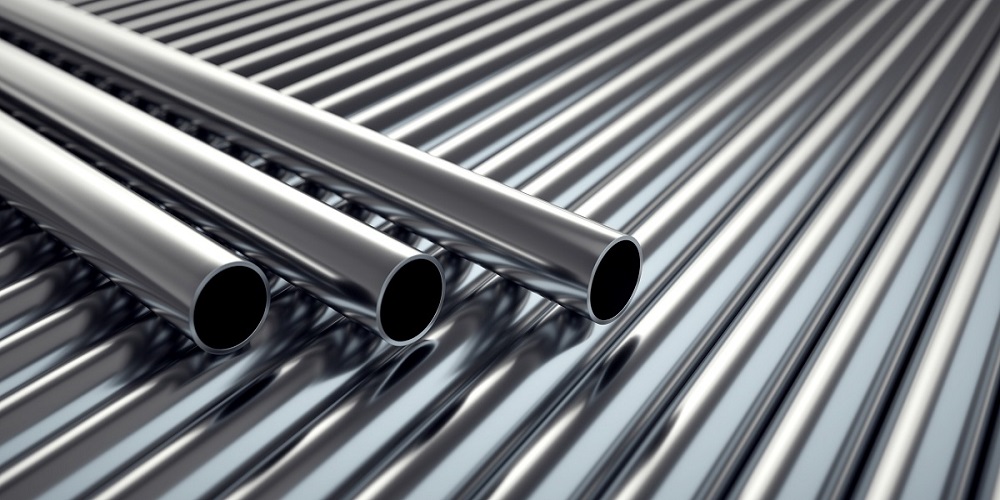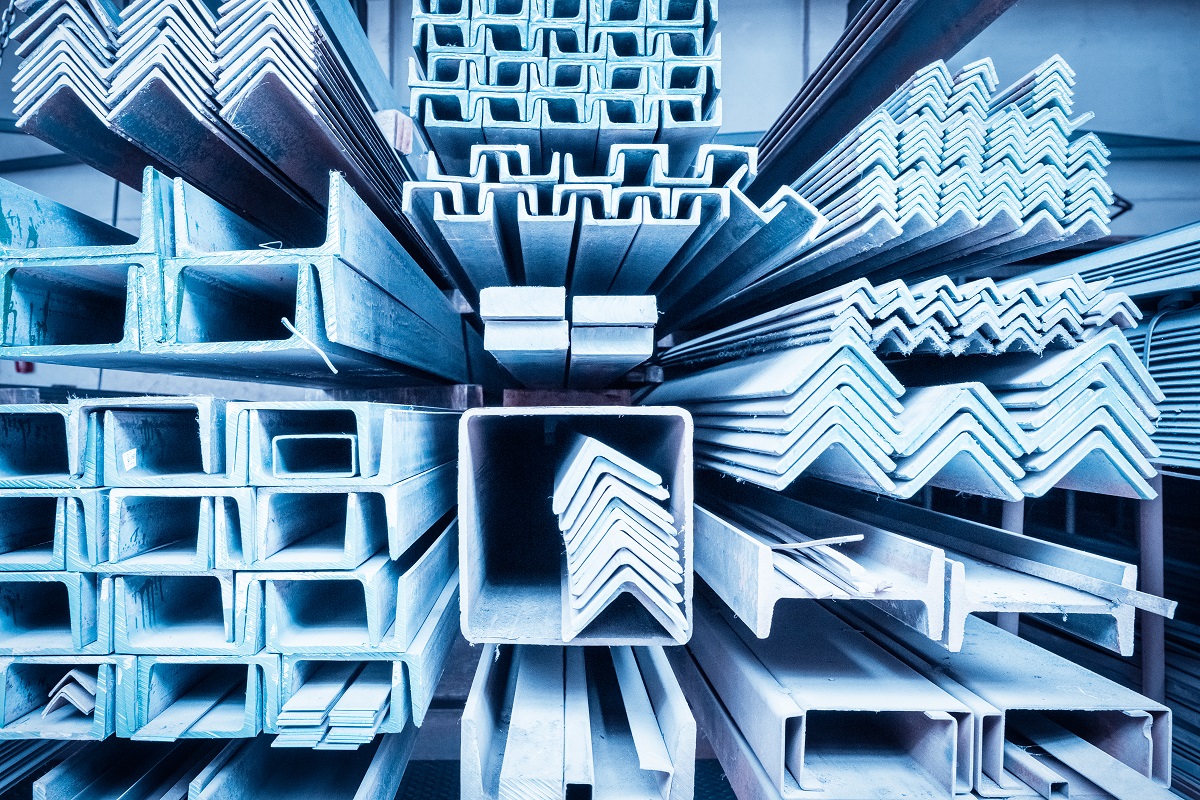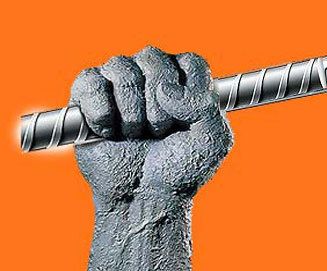Introduction: Why Every TMT Bar Matters in Construction
Civil engineers have an important job before even laying their first brick: they are responsible for selecting the materials that will give form to any building, which are often TMT bars, and they inspect and approve them for use. TMT bars are one of the most critical building materials in construction, providing the strength and flexibility a building needs to accommodate heavy loads, harsh atmospheric conditions, and seismic activity.
Engineers don’t simply rely on what’s in print as labelled on TMT bars when using them; they do an on-site inspection to know exactly what’s going to be used. Engineers do this for all TMT bars they approve for use – local suppliers, SAIL TMT Bars, etc, by following a strict process when sourcing their materials to plan for safety and long-term benefits. This is even more essential in cities like Chennai. There are plenty of steel suppliers in Chennai, but there is still a portion depending on who is sourcing the steel, whether from unbranded or branded TMT bars. From a reputable supplier like Bharat Steel Chennai, a difference in any project.
In this blog, we outline important checks civil engineers make before they give any TMT bar the nod of approval for use when building.
Why TMT Bar Inspection Is Crucial on Construction Sites
Preventing Structural Failure
Cracks, poor load distribution, and catastrophic failure can occur as a result of selecting the wrong steel or, potentially even worse, low-grade bars.
Ensuring Earthquake Resistance
TMT bars have ductility properties required after an earthquake occurs (if the building is in a seismic zone). Other lesser-quality steel bars do not have ductility and will not flex under extreme stress.
Meeting IS Standards
In India, all TMT bars produced and utilized in construction must adhere to the IS 1786:2008 standards set for TMT steel. Engineers see that these specifications, if followed before they approve placing steel in construction projects.
5 Key On-Site Tests Civil Engineers Perform on TMT Bars
1. Grade and Manufacturer Stamp Verification
Engineers must first establish whether the bar is a Fe500 grade, Fe550 grade,/or Fe500D grade. These grades tell engineers a lot about strength and ductility characteristics.
Branded bars such as SAIL TMT Bars usually have very visible grade stamps and batch numbers embossed onto their length. This helps engineers determine the:
- The correct grade is in use.
- Origin of the TMT bar (manufacturer and mill)
- The supplier has delivered true stock.
2. Bend and Re-Bend Test
To examine ductility, bars are bent at a prescribed angle and then bent again in the opposite direction.
What engineers are looking for is:
- No surface cracking or deformation
- bent smooth and without fuss
- Elongation before failure (the latter preferred for seismic areas)
Engineers used branded bars from reputable suppliers such as Bharat Steel Chennai, thereby ensuring controlled production quality and avoiding issues when performing the bend and re-bend test.
3. Rib Pattern and Bonding Strength
Ribs on a TMT bar provide the required surface contact with the concrete, ensuring strong bonding. Engineers will check visually and physically for:
- Consistent rib spacing
- Ribs dug in and well defined against the bar’s curved surface.
- non-worn-out and clean surface
Inadequate rib patterns and/or poor rib design will not show a strong bond, which ultimately minimizes the load-bearing capability; therefore, not ideal.
4. Weight and Size Accuracy
Civil engineers measure bar diameters with vernier calipers or micrometers and compare these measurements with theoretical weights from IS standards.
TMT bars are generally available in the following sizes: 8mm, 10mm, 12mm, 16mm, 20mm, and 25mm. Engineers ensure that the bars are within the tolerances specified in the IS standards.
That is why buying from a reputable TMT bar supplier in Chennai assures you of quality, as you will receive certified sizes that have passed this check.
5. Rust and Surface Corrosion Test
Surface rust is not always an issue, but flaky rust and pitting a signs of improper storage and handling. Engineers reject bars that:
- Flaky rust, which is deep reddish or orange
- Oily or greasy coatings
- Moisture damage
Reputable dealers such as Bharat Steel Chennai properly store their bars so as not to deliver rusty products.
Questions Civil Engineers Ask the TMT Bar Supplier
Site Engineers typically ask the distributor or steel dealer for approval:
- Are the bars BIS-certified?
- Will you provide a third-party lab test report?
- Can you confirm if the TMT bars you’re supplying are original SAIL TMT Bars and not duplicates?
- How do you store and deliver it?
- What is the age of the stock?
These questions should be asked to avoid making site engineering decisions in compromised steel locations.
What Makes SAIL TMT Bars a Preferred Choice?
Because branded bars like SAIL TMT Bars consistently pass on-site tests with results like:
- Controlled thermomechanical processing
- Uniform rib designs adhered to BIS standards.
- Corrosion-resistant and earthquake-safe
- Supplied through an authorized dealer such as Bharat Steel Chennai
Engineers prefer using branded products because they often save the test and it is safer.
📋 Civil Engineer’s Final TMT Bar Approval Checklist
| Checkpoint | Pass Criteria |
| Grade & Manufacturer Stamp | Embossed and visible on the bar |
| Bend & Re-bend Test | No cracks or visible damage |
| Rib Pattern | Uniform spacing and a good bonding grip |
| Diameter & Weight | Matches are tolerance |
| Surface Condition | Free from deep rust or oil |
Conclusion: Always Partner with Verified TMT Bar Suppliers
As mentioned, site inspection is not a ‘nice-to-have,’ it is mandatory. Civil engineers will go through this list to make sure every bar used meets the appropriate structural safety standards.
Whether you are buying SAIL TMT bars or just generic TMT bars, it is important to buy only from reputable names like Bharat Steel Chennai. Contact us for all your structural steel needs. The quality and supply chain verification, the appropriate handling, and their exceptional services are why Bharat Steel is the most reputable and relied-upon TMT bar supplier in Chennai, and has been for many engineers and contractors.
FAQs: What People Also Ask
Q1. What procedure do civil engineers follow for TMT bar inspection on-site?
A: Civil engineers examine grade stamps, rib configurations, surface rust, and conduct bend tests to check TMT bar quality.
Q2. What makes SAIL TMT Bars trustworthy?
A: SAIL TMT Bars are BIS-certified and offer corrosion resistance for durability. Furthermore, exceptional ductility to resist earthquake forces.
Q3. Can I purchase TMT bars in Chennai, cut to size?
A: Yes, firms such as Bharat Steel Chennai can cut TMT bars and steel sections to size.





